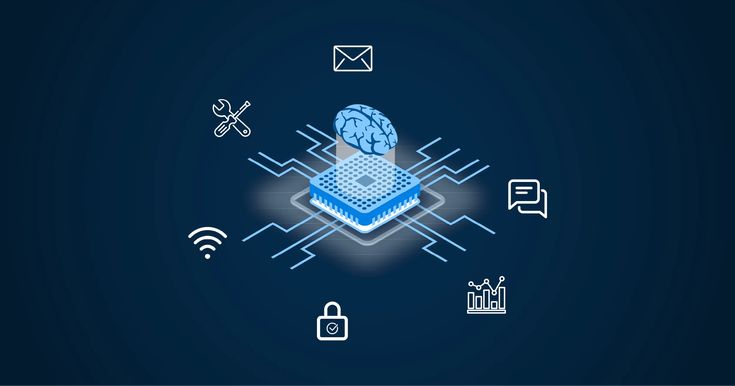The rapid growth of smart technology has made IoT (Internet of Things) and embedded systems some of the most exciting fields in the digital world. While they can function independently, merging them unlocks a powerful combination that enables smart homes, wearable devices, industrial automation, and much more. If you’re wondering how to bring these two domains together, let’s break it down step by step.
1. Understanding the Connection
-
Embedded Systems are the hardware and software components that control devices. Think of a microcontroller in a washing machine or a sensor in a car.
-
IoT connects those devices to the internet, enabling them to exchange data, communicate with other devices, and be monitored or controlled remotely.
When merged, embedded systems become “smart” by gaining connectivity, and IoT devices gain the intelligence of embedded processors.
2. Steps to Merge IoT and Embedded Systems
Step 1: Choose the Right Hardware
The foundation lies in selecting microcontrollers or microprocessors that support connectivity. Examples include:
-
Arduino with Wi-Fi or Bluetooth modules.
-
Raspberry Pi for more complex applications.
-
ESP8266/ESP32 for low-cost IoT projects.
These act as the embedded brains of your system.
Step 2: Integrate Sensors and Actuators
Sensors collect data (temperature, motion, humidity), while actuators perform actions (turning on a motor, opening a valve). Embedding them into the system allows IoT devices to sense and respond.
Step 3: Add Connectivity
For IoT functionality, embedded systems need a way to connect. Common options include:
-
Wi-Fi – ideal for smart home devices.
-
Bluetooth – useful for wearables.
-
LoRa/Zigbee – great for low-power, long-range communication.
-
Cellular (4G/5G) – suitable for remote or mobile devices.
Step 4: Implement Software and Firmware
Embedded systems require firmware (low-level code) to process sensor data and manage communication. You can program this using languages like C, C++, or Python (for boards like Raspberry Pi).
Step 5: Connect to the Cloud
IoT devices rely on cloud platforms for data storage, analysis, and visualization. Examples include:
-
AWS IoT Core
-
Google Cloud IoT
-
Microsoft Azure IoT Hub
-
Open-source solutions like ThingsBoard or Node-RED
Step 6: Build User Interfaces
Finally, to make your IoT-embedded system user-friendly, develop mobile apps or dashboards where users can monitor data, get alerts, and control devices remotely.
3. Real-Life Examples of Merging IoT and Embedded Systems
-
Smart Home Automation: Embedded systems in thermostats or lights communicate via IoT to allow smartphone control.
-
Healthcare Wearables: Smartwatches track heart rate using embedded sensors and send real-time data to doctors via IoT.
-
Industrial IoT (IIoT): Embedded controllers in machines share data across IoT networks for predictive maintenance.
4. Challenges in Merging Them
While the possibilities are endless, there are some challenges to keep in mind:
-
Power Consumption – keeping devices energy-efficient.
-
Security – protecting IoT-embedded systems from cyberattacks.
-
Scalability – managing thousands of interconnected devices.
-
Cost – balancing affordability with performance.
5. The Future of IoT and Embedded Systems
As AI and edge computing evolve, embedded systems are getting smarter, and IoT is becoming faster and more reliable with 5G. This means future devices will be more autonomous, efficient, and intelligent—driving innovation across industries.
Final Thoughts
Merging IoT with embedded systems transforms ordinary devices into smart, connected solutions that make life easier, safer, and more efficient. By combining the intelligence of embedded systems with the connectivity of IoT, you can create innovative products that shape the future of technology.

